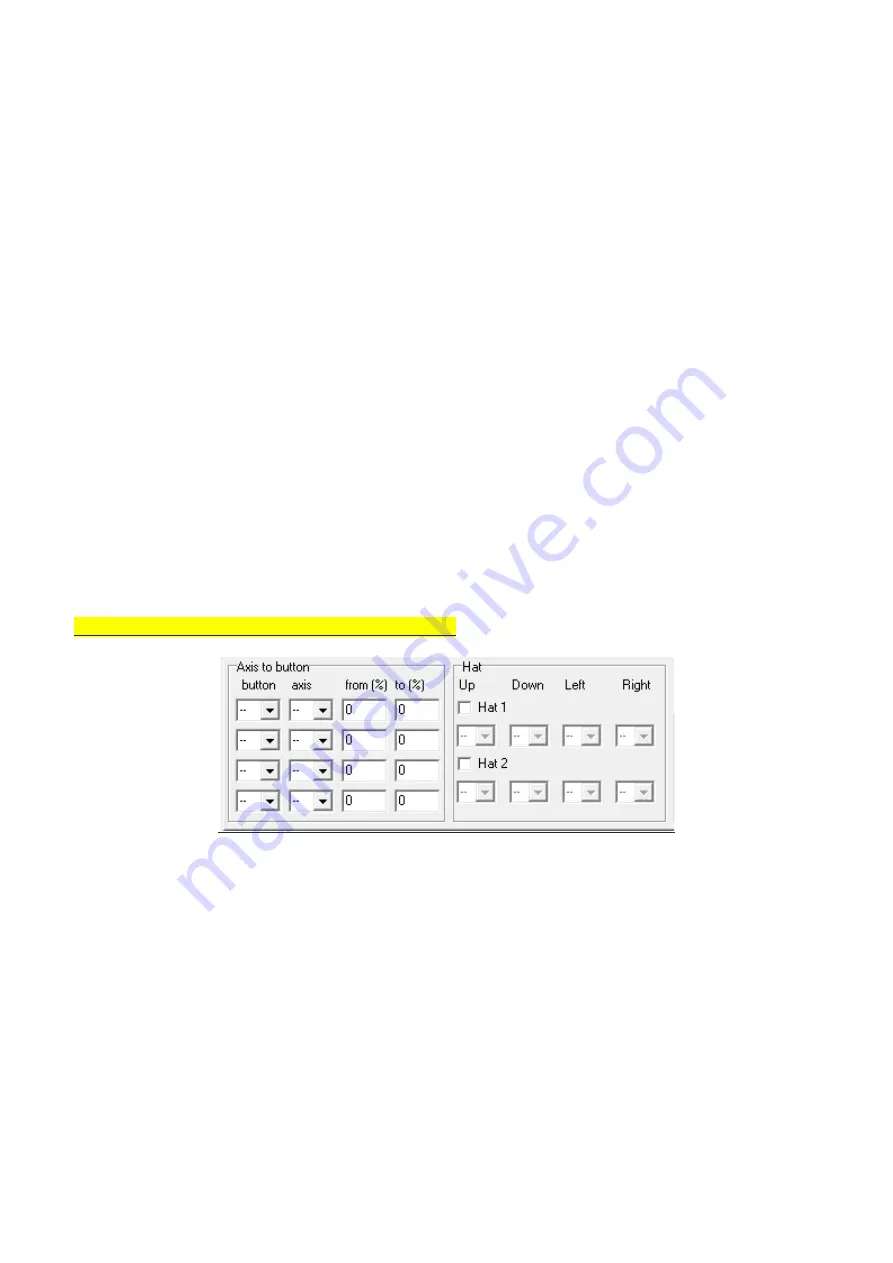
Modes
For different type of inputs you can employ diffent modes:
Switch mode
means the virtual button will be pressed when 1) the button is pressed and 2) the button is
released.
Switch on mode
activates virtual button only when the real button is pressed
Switch off mode
, on the contrary, activates virtual button only when the real button is released
Soft switch mode
will act as software button fixation: when you pressed the button for the first time the
virtual button will be activated, when you press it the second time - virtual button is deactivated.
Encoder mode
is activated automatically for encoders set in the designated section. In this mode the
activation of encoder positions is stored, and you can spin the encoder with a drill - and the board will store
them and feed into the PC gradually, according to the timers set (see below)
Shifts
After defining shifts in the designated section of the MMjoySetup, you can assign different virtual buttons to
the same hardware shift combination
Timers
You can set the duration of timers in the designated section of the configurator.
Timer on
sets the time for
which your virtual button will be pressed.
Timer off
sets the time for the period when you will not be able to
activate the virtual button again. Consider using an encoder for example. You can spin the handle really fast,
and the PC will not be able to register the button presses properly. Setting the timers for encoder will let the
PC receive stable length of virtual button presses. The other case it may be useful for is a bad shimmering
button - when holding it will give you multiple unwanted virtual button presses. This may be avoided by
employing timers.
Advanced functions: Axis to buttons, Hats and Encoders
These menus will allow you to enable functions like axis increments (e.g. from 100% to 0% in one click), and
recognition of your buttons as hats or encoders.









